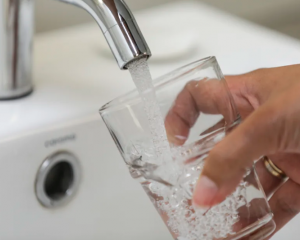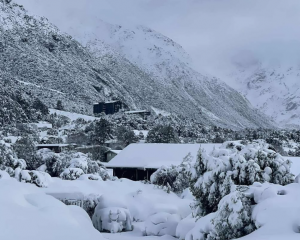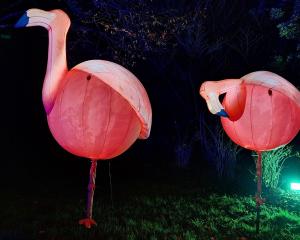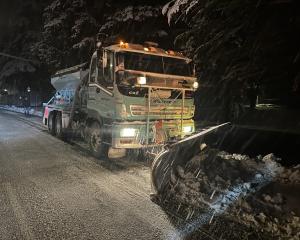
The main change in the rivers has been the temperature, as they are down to the low teens and some as low as deck, which is what is normally expected in the last week or two of the season.
Of course, with the variability of the weather the temperature could rise again. One result of the lower temperature prevailing at the moment is that we could have hatches of mayflies in the middle of the day, probably from noon onwards.

A hatch of dams, if there are enough of them, usually brings fish to the surface, something that all anglers like to see, whether they are fly fishers or not. The most likely places to get hatches at the moment are the Taieri, the Mataura and the Pomahaka, along with many small streams, such as Deep Stream and the Waipahi.
Mayfly hatches have declined over the years in most of our rivers.
Reasons for this include blankets of algae on the riverbed and siltation. Mayflies need clean gravel to thrive and a steady flow of cool water.
Because of more frequent droughts the average temperatures of rivers are higher in the summer as there is less water to heat and temperatures rise faster and higher.
The algae mats form due to these higher temperatures and increased pollution by nitrates and phosphorous. Increased siltation is caused by the draining of wetlands and land drainage in general.
Increased drainage and loss of wetlands cause river to rise faster and higher, which in turn cause greater erosion, further increasing the silt load. Anglers notice this when wading, for instance the lower Taieri has so much silt on the bed even where it looks gravelly, there are plumes of silt carried downstream.
Increased silt also encourages the growth of undesirable water weeds, which trap silt and grow further and further out into the river channel, trapping more silt and slowing the flow of water, exacerbating all the above problems.
Erosion is a serious problem on many rivers and it affects anglers. If you are fishing a river regularly you will find certain parts of that river will produce more fish than others. These parts are where the banks are stable and the bed is composed of gravel made up of stones that are fist sized or bigger. These bigger stones harbour more insects as there is more room between the stones for them to shelter from predators and they do not get washed away in medium-sized floods.
There are remedies to most of these problems but the new government rarely mentions the words environment and climate change. When the government intervened by removing the Canterbury Regional Council a few years ago there was rapid increase in river degradation.
It is getting harder and harder for anglers to be optimistic.












